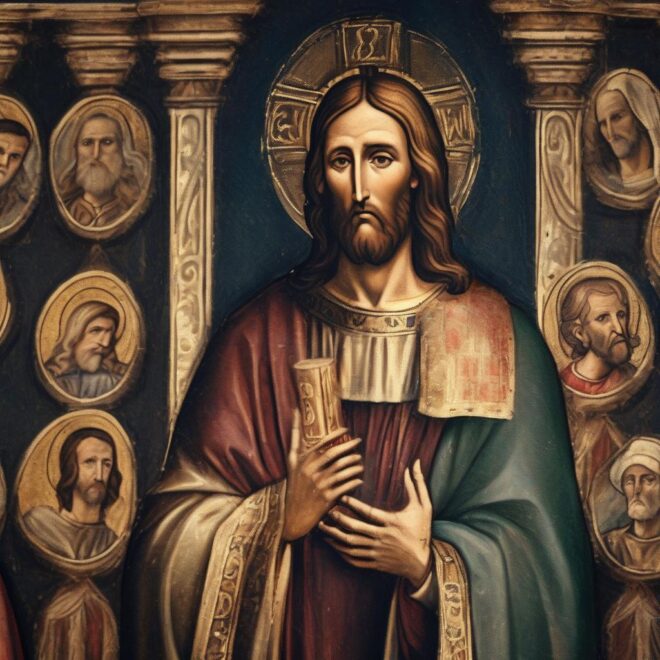
In recent years, the Catholic Church has found itself in the midst of a complex and often contentious dance, one that intertwines financial advantages, legal interpretations, and moral considerations. This intricate tango has been particularly pronounced within the Archdiocese of Sydney, which received JobKeeper payments for at least some of its 516 priests. The implications of this financial support raise critical questions about the nature of employment within religious institutions and the broader ethical ramifications of such arrangements.
The JobKeeper scheme, introduced by the Australian Federal Government as part of its response to the economic fallout from the COVID-19 pandemic, was initially designed with a clear intent: to assist businesses affected by the pandemic in covering the costs of wages for their employees. The original rules explicitly delineated the beneficiaries of the scheme as employers and employees, with a focus on traditional employment relationships. However, in a move that many viewed as hasty, the government amended the scheme to clarify that religious practitioners and institutions were also eligible for its benefits.
This amendment has led to a peculiar situation where churches, often classified as charities, may access JobKeeper payments with relative ease compared to other organisations, such as universities. This financial advantage raises significant questions about the nature of the relationship between the Church and its priests. Are these priests employees in the traditional sense, or do they occupy a different status that complicates their eligibility for such government support? This ambiguity reflects a broader issue within the Church, where the classification of clergy as employees or independent contractors has significant legal and financial implications.
The legal landscape surrounding this issue has been further complicated by the recent High Court case of Bird v DP, which culminated on November 13, 2024. In this landmark ruling, the High Court unanimously overturned a previous appellate court decision that had found the Diocese of Ballarat vicariously liable for the sexual abuse perpetrated by Father Bryan Coffey in 1971. This case highlighted the complexities of vicarious liability and the extent to which it applies in the absence of a clear employer/employee relationship.
The plaintiff in the Bird case alleged that he had been sexually assaulted by Coffey, and the Diocese was initially found liable despite the absence of a formal employment relationship. However, the High Court’s ruling underscored a critical legal principle: vicarious liability, at least as it currently stands in Australian law, is confined to relationships of employment. The Court’s decision raised three pivotal issues: whether vicarious liability should extend to relationships ‘akin to employment,’ whether the Diocese could be held liable for Coffey’s conduct, and whether the Court should entertain the plaintiff’s contention that the Diocese had breached a non-delegable duty owed to him.
The High Court answered all three questions in the negative, reinforcing the legal distinction between employees and other types of relationships within the Church. The Diocese argued that it could not have been aware of the risks posed by Coffey, asserting that the risk was not foreseeable at the time of the alleged assaults. This argument, while legally sound, raises profound ethical questions about the responsibilities of religious institutions in safeguarding their congregants and the moral obligations they bear in light of historical abuses.
As the Catholic Church continues to navigate the complexities of employment, liability, and financial support, it is clear that the dance it performs is not merely a matter of legal compliance or financial strategy. Rather, it is a reflection of deeper issues surrounding accountability, morality, and the very nature of its mission in society. The awkward tango between the Church’s financial manoeuvres and its moral obligations will undoubtedly continue to unfold, prompting ongoing discussions about the intersection of faith, law, and social responsibility.
As we observe this intricate dance, it is essential to engage in thoughtful dialogue about the implications of these developments, not only for the Church itself but for the broader community that it serves. The questions raised by these financial and legal challenges are not merely academic; they resonate deeply with the values and principles that underpin our society. The Church must grapple with its past while striving to fulfil its mission in a contemporary context, ensuring that its actions align with the ethical standards expected by its followers and the wider community.
